Fern genus probably Nephrolepis
four (9B near 9A)
last year
last modified: last year
Featured Answer
Sort by:Oldest
Comments (6)
four (9B near 9A)
last yearRelated Discussions
Fern Propogation Questions
Comments (7)Thank you, everyone. I have been searching and searching the last couple of days and have finally found it. It is a Sword Fern -- Nephrolepsis cordifolia (or Nephrolepis depending on what website I'm looking at...some leave out the first s and I am not sure which is correct). It's considered an invasive in Florida, apparantly, and I can certainly see why. I slid it out of the bucket I had transplanted it into (didn't have a pot large enough and am waiting for one to come my way on Freecycle) and it has several inches of new root growth. Dozens of the little tubers have shot out roots and are sending up fronds. I did find two that had not and pulled those off to plant. In less than three weeks, many of these new roots are as much as six inches long. WOW. I think this will become a favorite here -- I like easy care / fast growing houseplants....See MoreFern ID: Dimorphic leaves, Doryopteris cordata?
Comments (8)I did a search on the Kew Gardens site, they're generally regarded as the final word on plant species. Also The Plantlist site which is a collaboration between Kew, Missouri Botanic Gardens, and a few others. That came up with zero for that name. Also did a search on the ePIC site and got the following result: The following matches were found for "Doryopteris cordata": (Your search term was understood as: Genus = Doryopteris and species = cordata) * Plant names o No matching entries found in IPNI o No matching entries found in WCSP * Bibliographies o No matching references found in Kew Record o No matching references found in Economic botany bibliography o No matching references found in Library Catalogue o No matching references found in Micromorphology bibliography * Collections o No matching specimens found in Herbarium Catalogue o No matching specimens found in Economic Botany collection o No matching specimens found in Living collection * Species-level information o No matching records found in Seed Information o No matching species found in SEPASAL * Floras o No matching entries found in Flora Zambesiaca It's not unusual for incorrect names to be used commercially. Came up before about Alocasia Hilo Beauty which was being sold under that name before it was actually formally described. Turned out it was a Caladium, but continues to be sold as Alocasia Hilo Beauty....See MoreAnyone here grow houseplant ferns? How do you take care of them?
Comments (5)Ferns, maidenhairs in particular, are some of the most challenging of houseplants to grow well. They can certainly tolerate low light but but dislike strong, bright light and any sort of dryness - dry soil or dry air. And high temps that most houses seem to foster in winter. The good news is your fern is fully hardy outside, so you can always move it out to a more suitable location!! And nothing wrong with using a coffee filter, piece of cheesecloth or pantyhose, piece of window screen or any other similar type appliance to keep potting soil from migrating out of drain holes. A very common and widely accepted practice. Does nothing to impede or alter drainage....See MoreWhat's this plant? Probably flower.
Comments (23)Sometimes, I agree. I'm in a condo with a balcony with full sun all day. Can't put out most plants & leave them, usually May, because leaves will burn. Out for awhile, during the day, depending on the day, longer as time goes on to leaving out all day. Too cold overnight so they come in. By the time I can leave out overnight, they can also stay out all day....See MoreJay 6a Chicago
last yearfour (9B near 9A)
last year
Related Stories
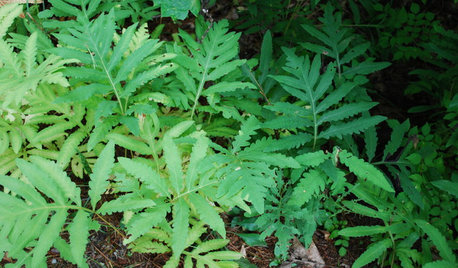
GARDENING GUIDESGreat Design Plant: Sensitive Fern Shows Its Strengths
Wondering what will thrive in your wet, shady garden? It’s Onoclea sensibilis to the rescue
Full Story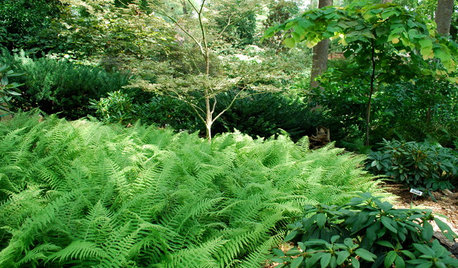
PLANTING IDEASFerns: A Shade Gardener’s Best Friend
Bring rich texture and contrast to a dark woodland landscape with wonderfully diverse ferns
Full Story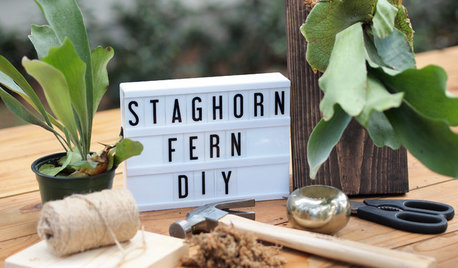
DIY PROJECTSHow to Put the New ‘It’ Plant on Display
Get a step-by-step guide to turning a shade-loving staghorn fern into a piece of living wall art
Full Story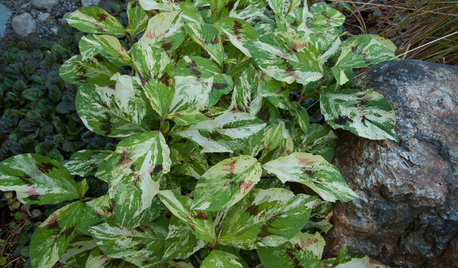
GARDENING GUIDESGreat Design Plant: Painter’s Palette Knotweed Adds Color in Shade
Use bold and colorful Persicaria virginiana for an artistic touch in a darker garden
Full Story
GARDENING AND LANDSCAPINGLay of the Landscape: Tropical Garden Style
Create a vacation paradise in your backyard even if temperatures sometimes dip with these guidelines for tropical-style gardens
Full Story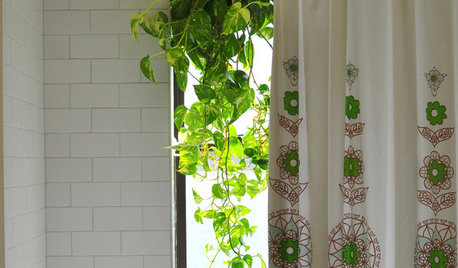
MOST POPULARThe Perfect Houseplant for People Who Kill Houseplants
If you can fill a jar with water, you can keep golden pothos vine happy — and it will pay you back with cleaner air and a greener home
Full Story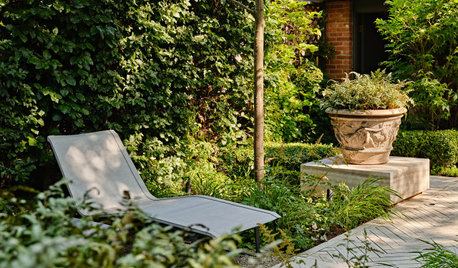
LANDSCAPE DESIGNHow to Create a Beautiful Shade Garden
Turn the cool, shady spot in your garden into your own quiet oasis
Full Story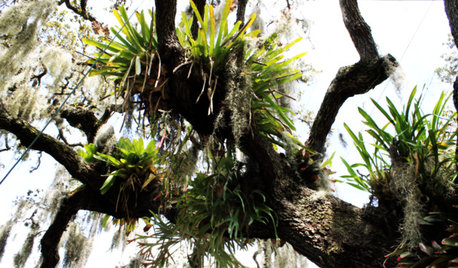
GARDENING GUIDESGot a Hot, Humid Landscape? Add Tropical Flair With Air Plants
Turn tree trunks and walls into lush canvases with plants adapted to the canopies of the rainforest
Full Story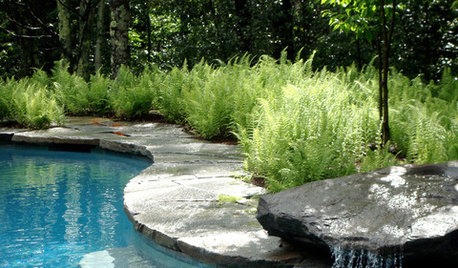
GROUND COVERSNative Alternatives to English Ivy, Japanese Pachysandra and Periwinkle
These shade-loving ground covers are good for the environment and say something about where you are
Full Story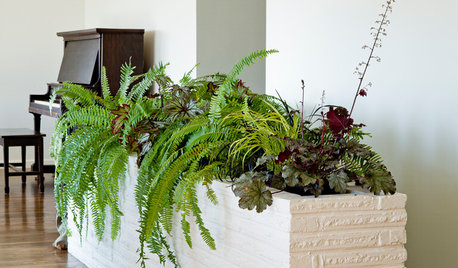
HOUSEPLANTS8 Houseplants You Can't Kill
They're forgiving and let you forget. Houseplants don't get any easier than this
Full Story




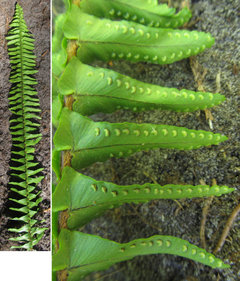


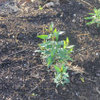

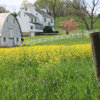
shaxhome